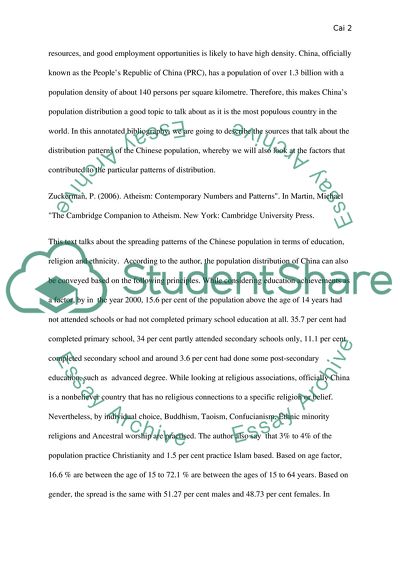Cite this document
(“The population of china Essay Example | Topics and Well Written Essays - 1750 words”, n.d.)
The population of china Essay Example | Topics and Well Written Essays - 1750 words. Retrieved from https://studentshare.org/geography/1598354-the-population-of-china
The population of china Essay Example | Topics and Well Written Essays - 1750 words. Retrieved from https://studentshare.org/geography/1598354-the-population-of-china
(The Population of China Essay Example | Topics and Well Written Essays - 1750 Words)
The Population of China Essay Example | Topics and Well Written Essays - 1750 Words. https://studentshare.org/geography/1598354-the-population-of-china.
The Population of China Essay Example | Topics and Well Written Essays - 1750 Words. https://studentshare.org/geography/1598354-the-population-of-china.
“The Population of China Essay Example | Topics and Well Written Essays - 1750 Words”, n.d. https://studentshare.org/geography/1598354-the-population-of-china.


